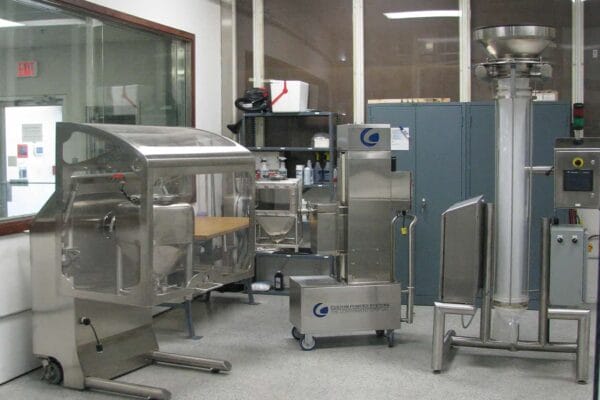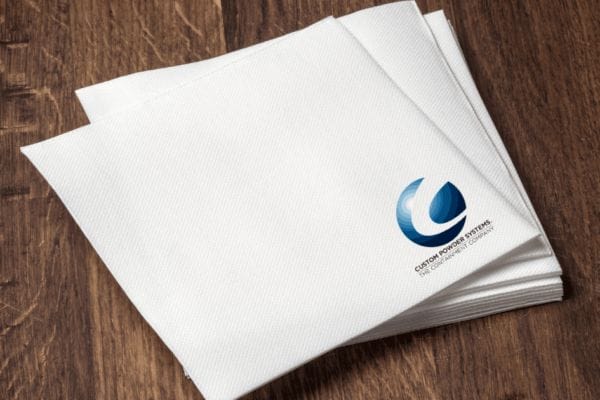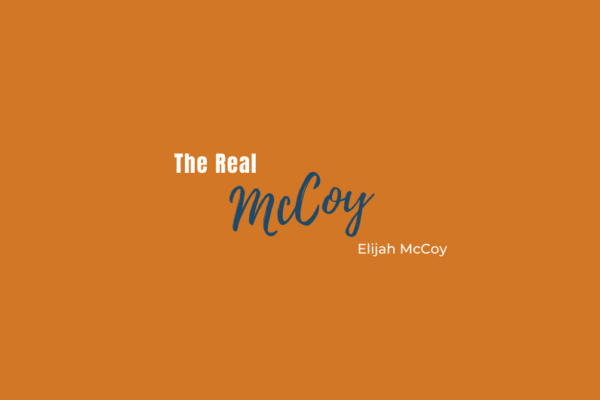In modern society, instant correspondence is simply typing a few words and hitting send. However, long before the wireless communication of today, electronic messages had to be sent in a unique language. Along with the creation of the telegraph came Morse Code – the key that unlocked new channels for human connection on a global scale.
“Tomorrow the hearts of the civilized world will beat in a single pulse, and from that time forth forevermore the continental divisions of the earth will, in a measure, lose those conditions of time and distance which now mark their relations.” – Times of London writer, 1858 on the installation of the first transatlantic telegraph cable.
While not commonly used today, Morse Code was once an invaluable tool for humans to overcome connection barriers previously constrained by geography. Electronic telegraphs and their unique language marked an important step in the evolution of communication technology, a significant precursor to future innovations such as telephones, fax machines, and the internet.
A Spark of Inspiration
While studying at Yale College in the early 19th century, American artist, inventor, and businessman Samuel F. B. Morse took an interest in the newfound subject of electricity. Though he eventually became a portrait painter by trade, Morse came up with the idea of an electric telegraph after being frustrated with his limited communication options while on a long sea voyage where he overheard a conversation about electromagnetism.
The idea itself was not totally new (different versions of the machine were created by other inventors) but Morse’s unique single-circuit model, developed with the help of colleagues Leonard Gale and Alfred Vail and the research of Joseph Henry, was able to transmit signals over 10 miles and became the first to receive a US patent in 1840. Three years later, Morse secured Congressional funding to build the country’s first telegraph line stretching from Baltimore to Washington.
“What hath God wrought?”
Morse’s machine was revolutionary for modern communication, but came with one limitation – it was only able to transmit electrical signals, not voices or written characters. So, Morse and his assistant Vail developed a system to represent letters, numbers, and punctuation through a specifically-arranged series of dots, dashes, and spaces, which they called “Morse Code.” These markings were created based on the length of electrical pulses, which were transcribed using an electromagnetic stylus that pushed dents into a paper tape connected to the receiving machine.
Upon the completion of the first telegraph line, Morse sent his first publicly-demonstrated message from the U.S. Capitol’s Supreme Court chamber to Vail at the Mount Clair train depot in Baltimore, which read “What hath God wrought?” – a suggestion from Annie Ellsworth, the young daughter of a good friend, who found the quote in the Bible (Numbers 23:23). Following this success, 23,000 miles of telegraph wire came into operation within the next decade, and, by 1861, Western Union had laid the first transcontinental line.
Unprecedented Global Connection
The widespread adoption of telegraph systems was monumental to societal development during the Industrial Revolution and prime eras of westward expansion, and the first permanent transatlantic line was laid by 1866, allowing the possibility of near-instantaneous intercontinental communication. Due to language variance in other countries, however, it became necessary to be able to transmit diacritic marks, resulting in the creation of International Morse Code, using simpler and more consistent patterns to represent each character. In addition to physical markings, it also began to be understood through light and sound pulses for different applications.
In the following decades, Morse Code became a vital communication resource across various industries and applications, both for personal correspondences as well as business and government purposes. Notably, President Abraham Lincoln received battle reports and sent commands via telegraphic messages during the Civil War, and International Morse Code was used heavily during World War II and the Korean and Vietnam wars. It also became popular in industries such as shipping and radio.
One of the few lasting and most iconic applications of the code is the international distress signal “SOS”, delivered by a repeating sequence of three dashes and three dots with no spaces or stops. Contrary to popular belief, it’s not an acronym and was originally not intended to represent letters at all. This signal is commonly recognized throughout the world, using written characters, light flashes, or sound pulses as a universal call for help.
For decades surrounding its creation, Morse Code served as an invaluable language that bridged gaps of communication previously limited by physical proximity. Important news, business transactions, and messages to loved ones could be sent at a once unimaginable speed, making the world a bit smaller and more connected than ever before.
If you enjoyed hearing about Samuel Morse’s innovations, you may also like Grace Hopper’s in computer processing, Hedy Lamarr’s in wireless communication, and Olga D. Gonzalez-Sanabria’s in nickel-hydrogen batteries.
To learn more about Custom Powder Systems and the art of engineering, sign up for our newsletter.







